Ice Age vs. Stone Age: Insights Into Two Eras
Key Takeaways
- The Ice Age profoundly influenced human development through extreme climate changes, species adaptation, and survival strategies.
- The Stone Age marked significant cultural advancements with innovative tool-making, art, and community organization.
- Both eras shaped human evolution, environmental adaptation, and technological progress in distinct yet interconnected ways.
Understand the Ice Age and Its Impact on Human Development
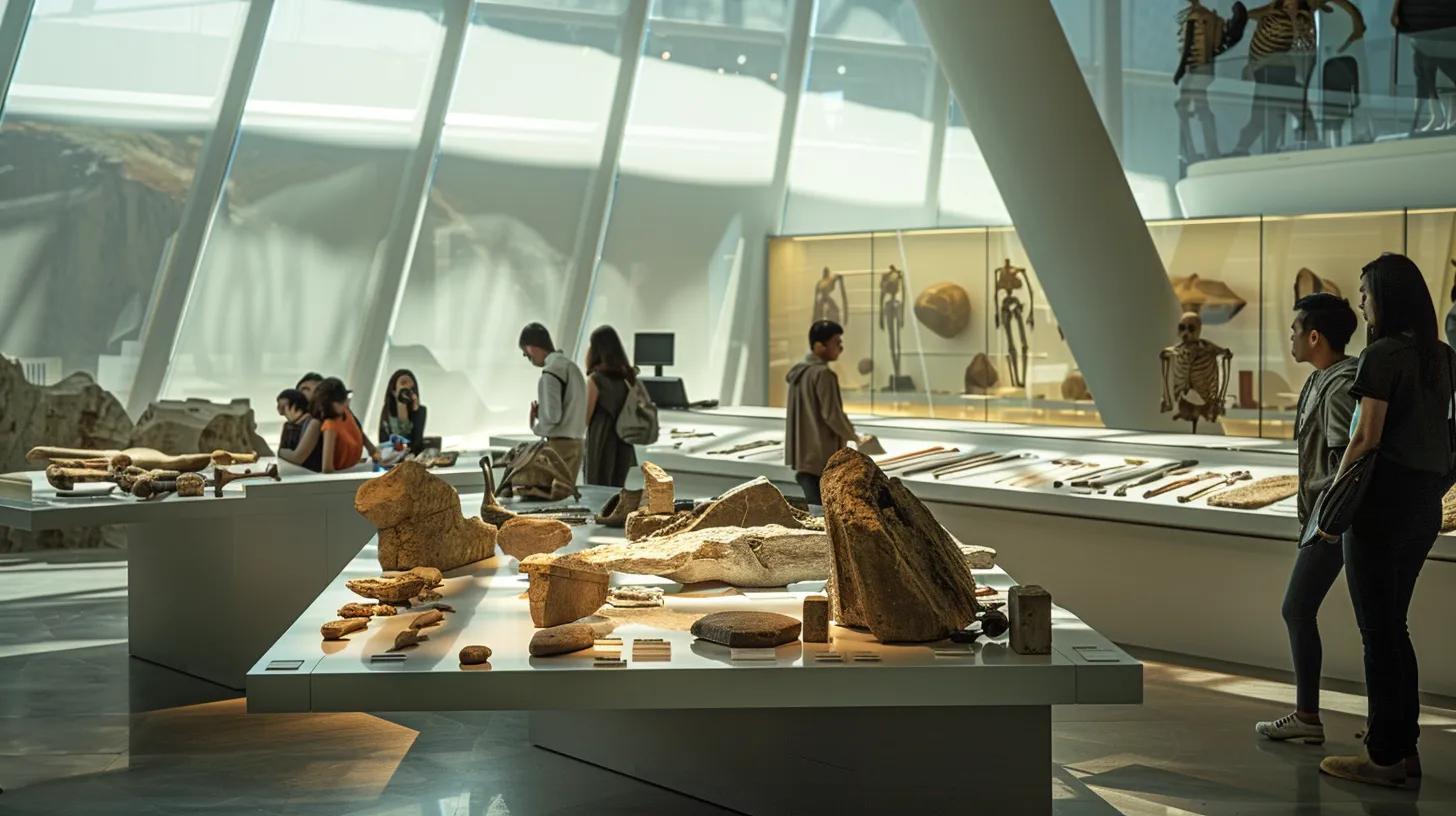
The Ice Age, spanning thousands of years, dramatically impacted human development through its harsh climate and changing environmental conditions. Evidence from geological records, fossils, and cave paintings reveals that the Ice Age was characterized by widespread glaciation and a drop in global temperatures. Researchers have found that Neanderthal groups and early Homo sapiens were forced to adapt rapidly, developing new survival strategies. This period also fostered the evolution of distinct physical traits, such as increased brain size and robust body structure, to withstand the cold and scarcity of resources.
Examine the Climate Changes During the Ice Age
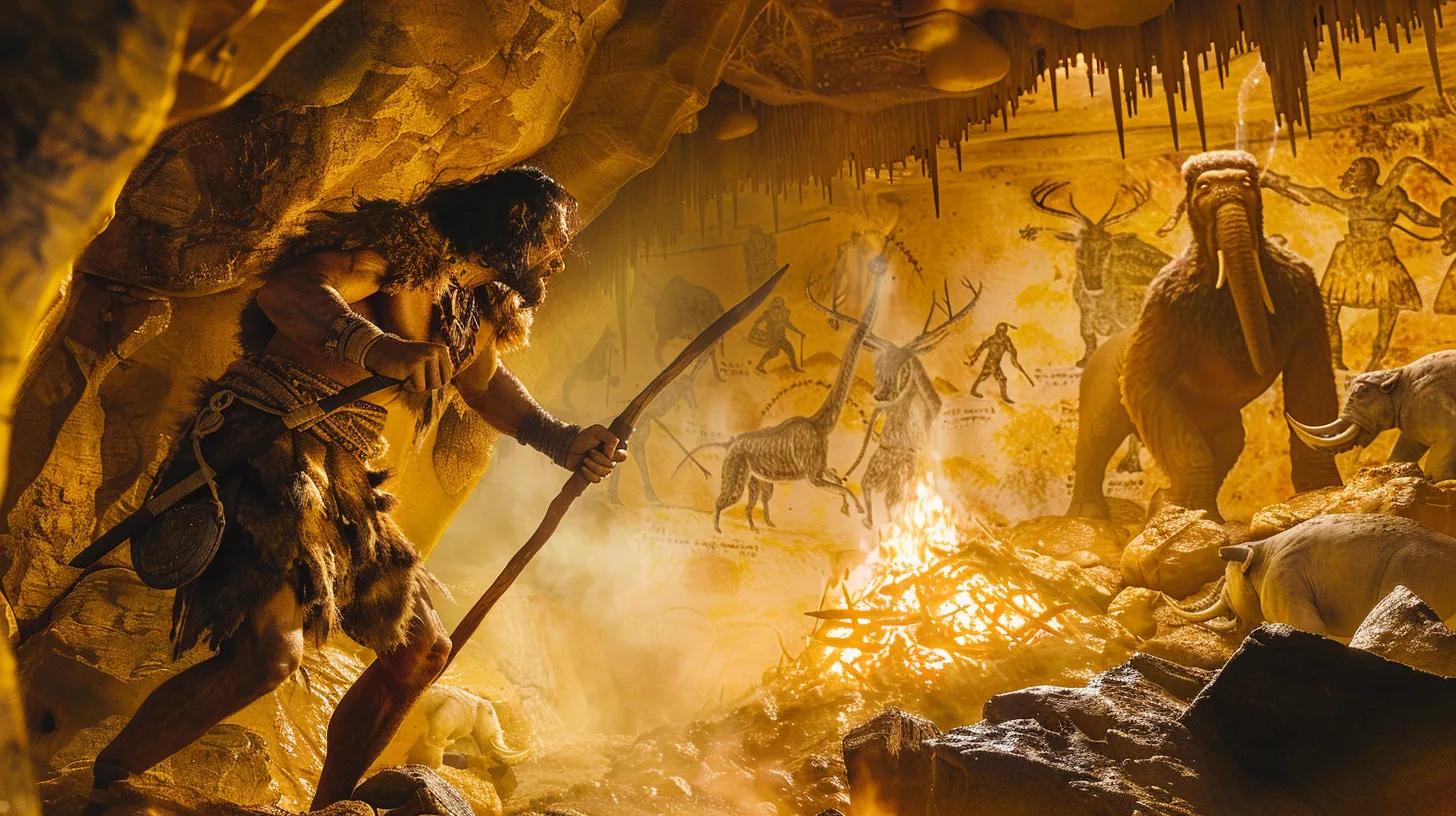
The climate during the Ice Age was extremely variable with recurring glacial and interglacial periods. Daily life was dictated by a constant battle against the cold, which forced early humans to develop effective clothing, use fire for heat, and build shelters. Scientific research has demonstrated that drastic temperature shifts led to alternating periods of abundance and famine, influencing migration patterns and prompting adaptations in diet and behavior. These climate changes also produced unique landscapes filled with vast ice sheets, glaciers, and exposed land bridges that later influenced human migration across continents.
Identify Key Species That Thrived in This Era
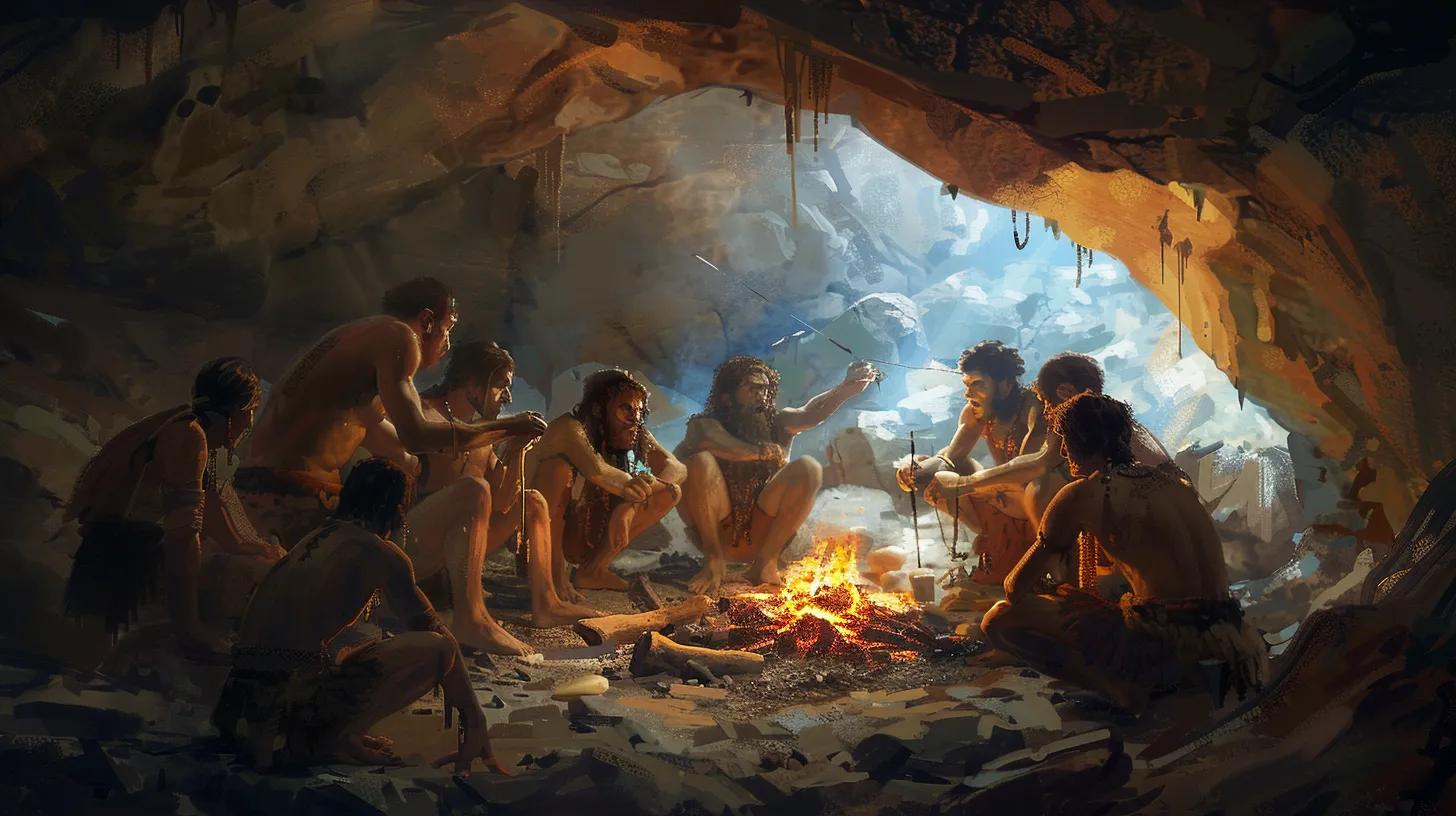
Several species flourished during the Ice Age due to their ability to adapt to frigid environments. Mammoths, reindeer, and bison dominated the grasslands, providing crucial resources such as meat, hide, and bones for tool-making. Neanderthals, with their stockier build, were well suited to the cold weather and became adept hunters of these large mammals. Additionally, other animal species like cave bears and woolly rhinoceroses played important roles in the ecosystem. These species not only shaped early human diets but also influenced the development of hunting strategies and migration practices.
Analyze Survival Strategies of Early Humans in Cold Climates

Survival during the Ice Age demanded innovative strategies from early humans. Evidence shows that they mastered the art of making durable, sharp-edged stone tools—a vital technology to hunt deer and mammoths. They also utilized animal bones and hides to create warm clothing and build shelters, such as caves and compact dwellings. Early humans organized into small, mobile groups that could quickly move to more hospitable areas as environmental conditions shifted. This nomadic lifestyle is supported by archaeological records of temporary camps and remnants of fire pits, suggesting that the use of fire was central to their survival and social interactions during the Ice Age.
Explore the Stone Age and Its Cultural Advancements
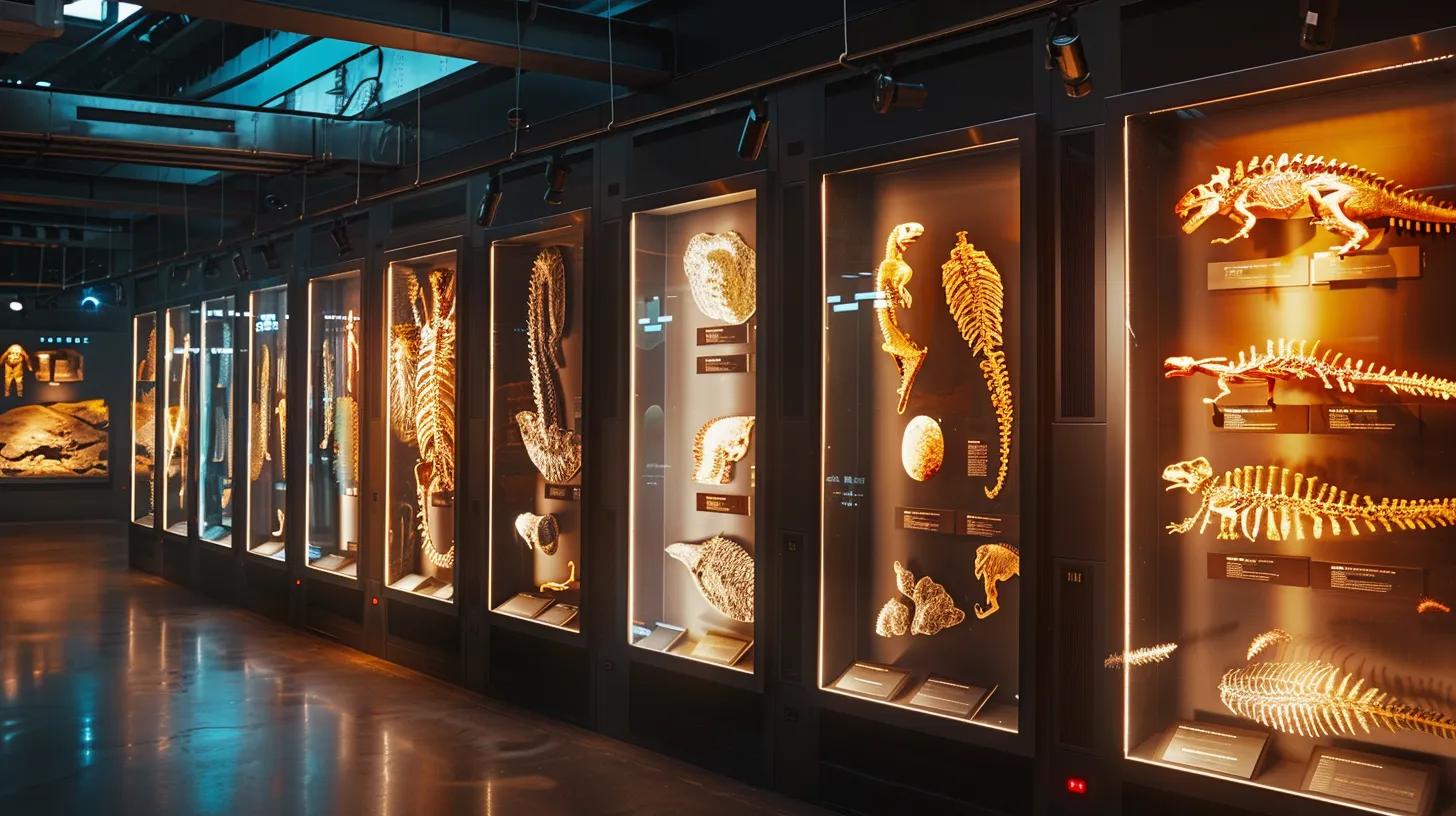
The Stone Age represents a pivotal era in human cultural evolution, marked by the development of increasingly sophisticated technologies and complex social structures. During this period, humans transitioned from mere survival to fostering community, creating art, and establishing early forms of communication. Stone tools, produced with refined knapping techniques, allowed individuals to hunt, process food, and defend against predators efficiently. This era laid the foundation for technological progress and cultural expression, significantly impacting the trajectory of human evolution.
Investigate the Tools and Technologies of the Stone Age
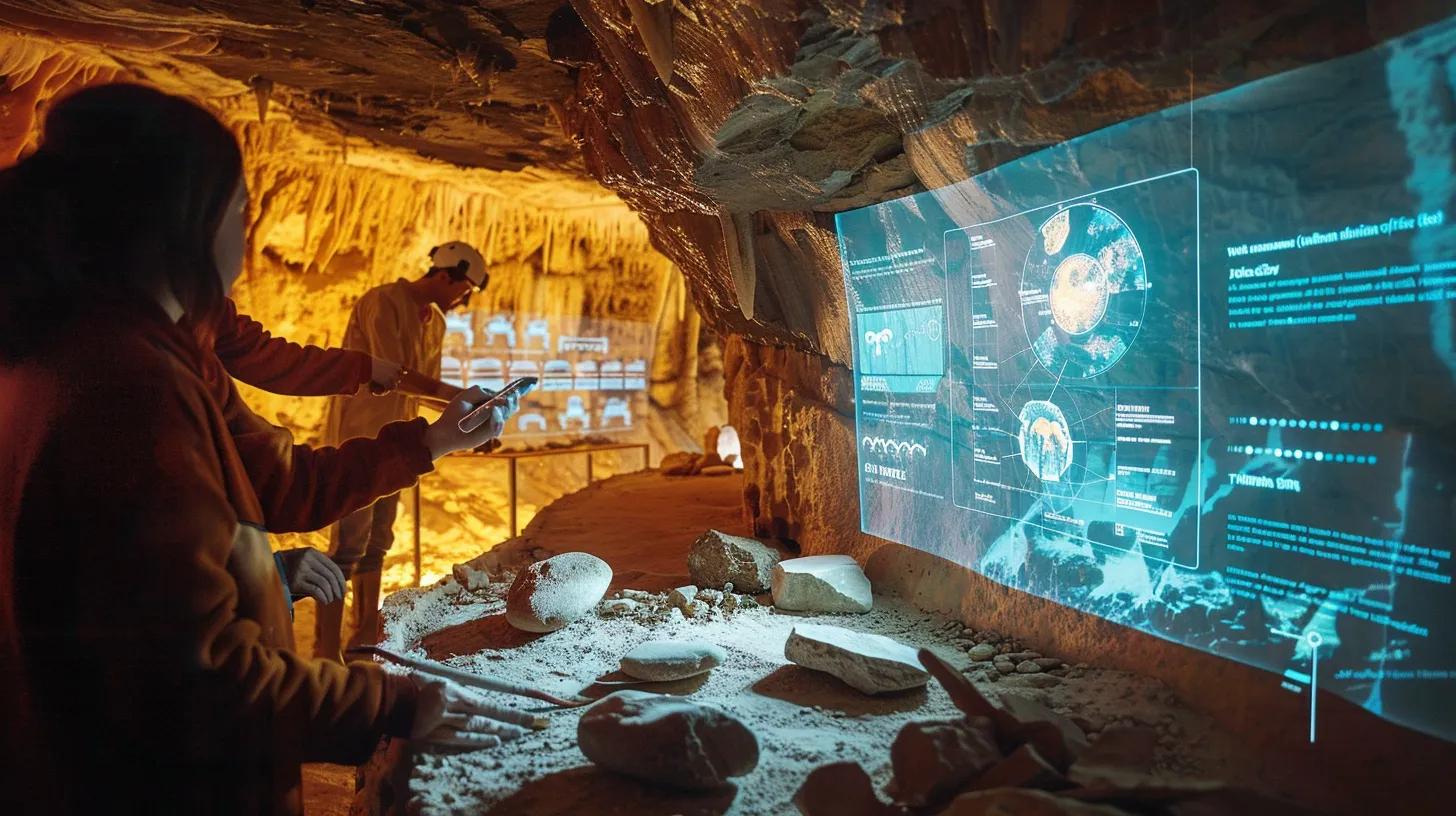
Stone Age technology was diverse and innovative. Early humans crafted hand axes, flint tools, and later, microliths—small, finely chipped stone tools that greatly enhanced precision in hunting and food preparation. The development of these tools is supported by numerous archaeological discoveries from rock shelters and cave sites across regions such as Europe and East Africa. These artifacts not only represent technological ingenuity but also illustrate early human adaptation to their surroundings. For instance, the use of bone and antler combined with stones shows the progression toward composite tools and the increasing complexity of toolkits needed for various tasks.
Discuss Art Forms and Communication Methods Used by Humans
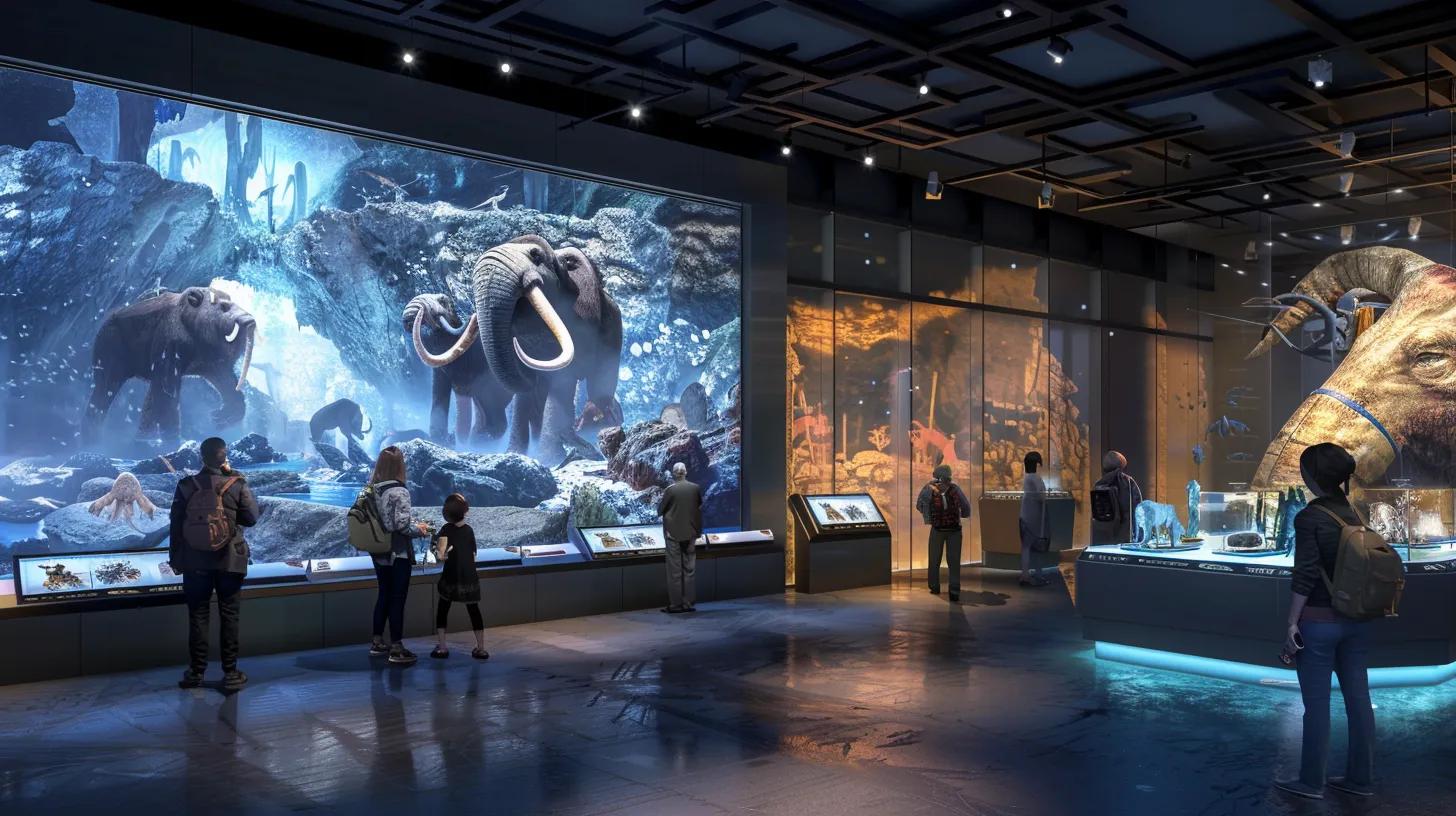
The Stone Age witnessed the birth of artistic expression through cave paintings, petroglyphs, and carvings that conveyed stories, beliefs, and observations of nature. These early artistic endeavors provided a medium for communication and cultural transmission, with famous sites like the Chauvet Cave providing vivid examples of prehistoric art. In addition, symbolic items such as beads and engraved bones indicate that early humans were developing forms of language and social identity. These art forms helped build community bonds and laid the groundwork for the development of more structured societal norms and rituals.
Review Social Structures and Community Organization in This Era
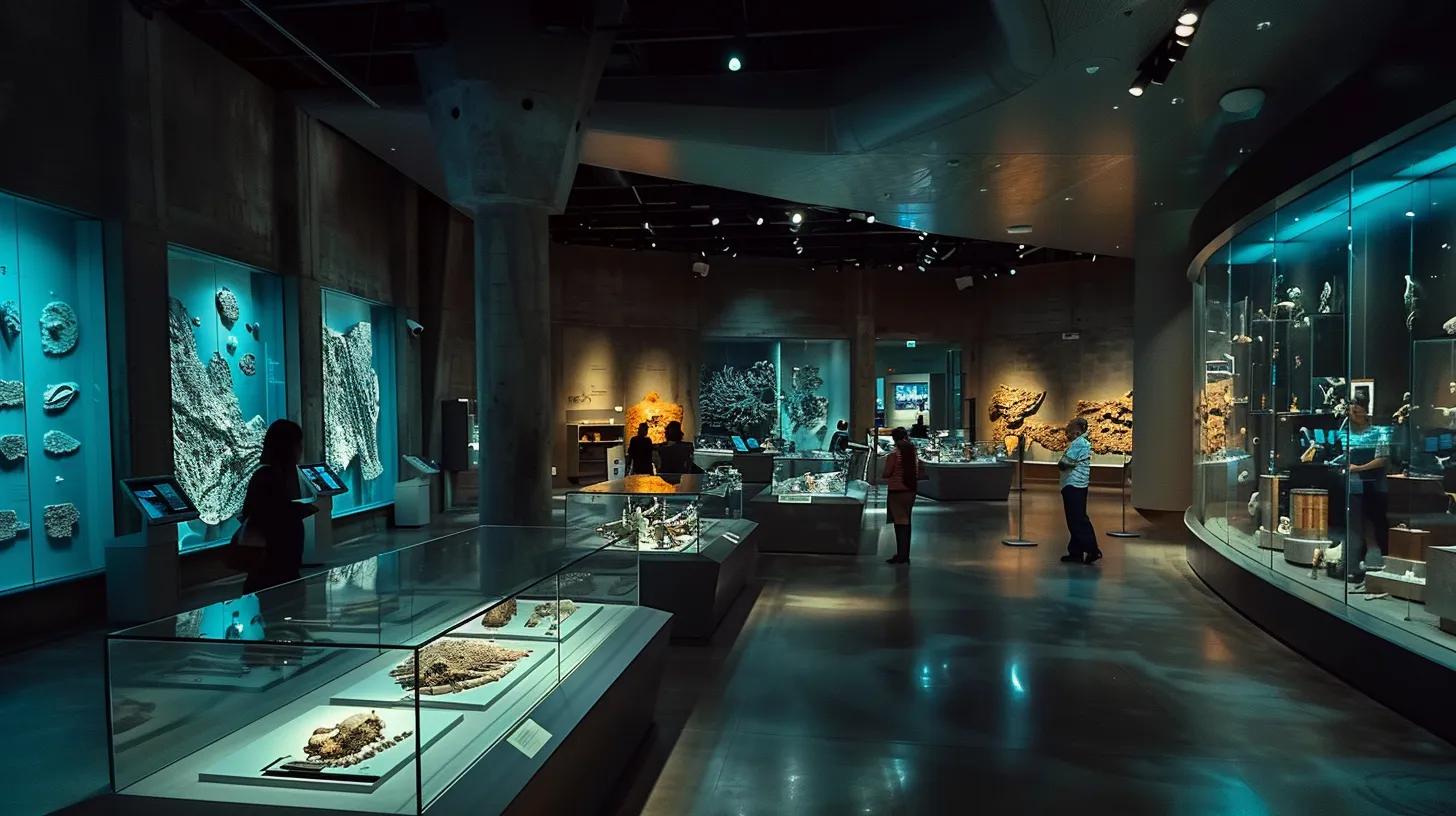
Social organization during the Stone Age was fundamental to the development of early human communities. Evidence suggests that groups were organized around extended family units or small tribes that cooperated for survival. They developed division of labor, with roles in hunting, gathering, and childcare becoming specialized over time. This period is characterized by the emergence of shared rituals and burial practices, which indicate a growing sense of community and respect for the ancestors. Early settlements like rock shelters and temporary villages illustrate the beginnings of communal living and the importance of social cohesion in a challenging environment.
Compare the Environmental Conditions of Both Eras
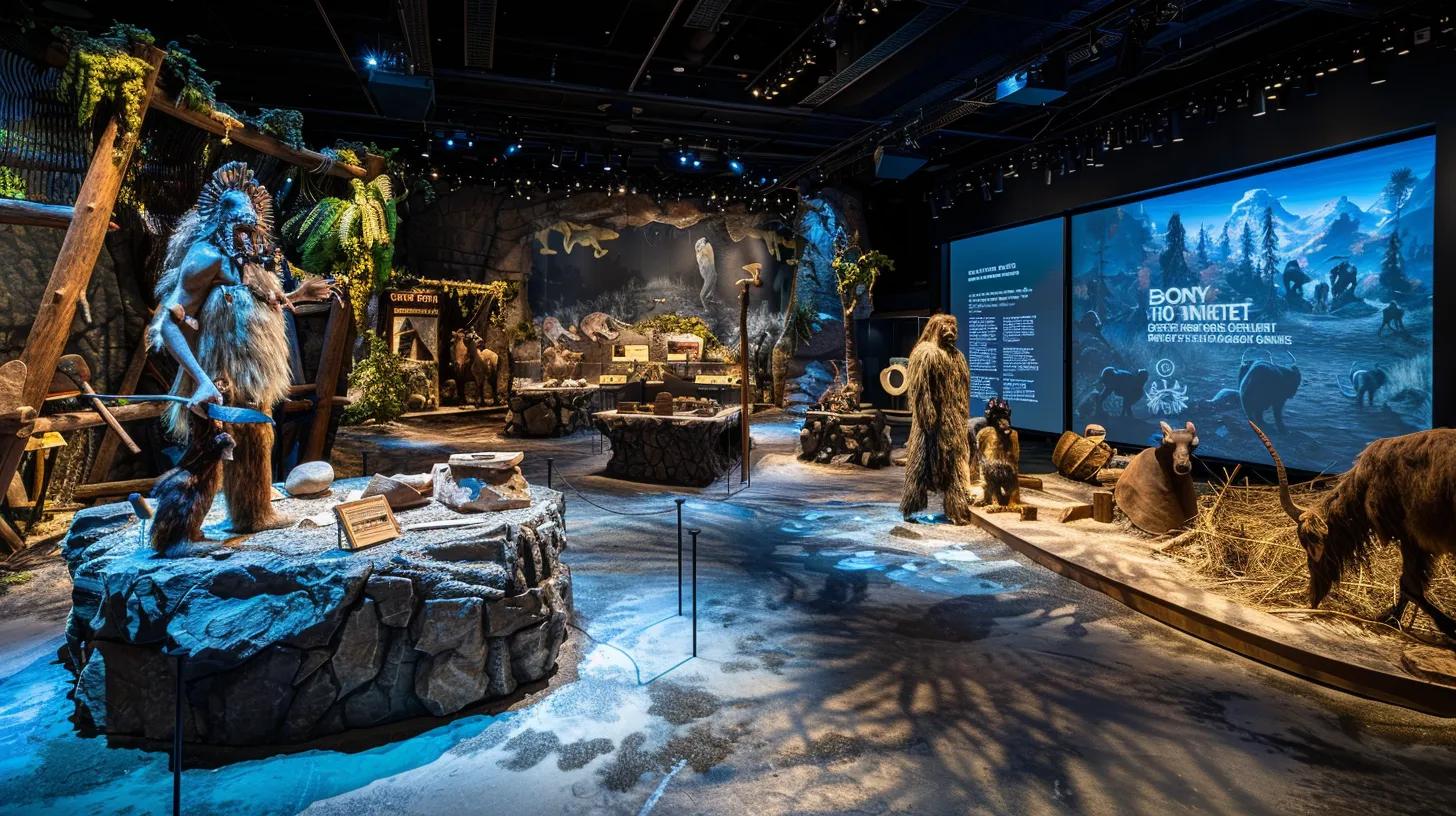
When comparing the Ice Age to the Stone Age, environmental conditions play a critical role in shaping human responses and cultural developments. The Ice Age was dominated by extreme cold, widespread glaciation, and the constant threat of climate change. In contrast, the Stone Age experienced a gradual warming trend as the Ice Age receded, leading to more temperate conditions that allowed for agricultural practices and settled communities. This transition highlights the interplay between environmental pressures and human innovation, as adaptations in diet, settlement patterns, and tool technology were directly influenced by the surrounding climate.
Contrast Climate Characteristics Between the Ice Age and Stone Age
During the Ice Age, the dominant feature was the broad expansion of ice sheets and frigid weather conditions, which resulted in large parts of the Earth being uninhabitable for extended periods. In the Stone Age, however, the retreat of glaciers allowed new ecosystems to flourish. The warmer climate encouraged forest growth, the spread of wild grains, and made animal domestication possible. These different climatic conditions necessitated distinct survival and cultural strategies: while Ice Age humans developed mobility and cold-weather adaptations, Stone Age communities focused on innovation in agriculture, permanent housing, and social organization.
Evaluate the Influence of Environment on Human Lifestyles
Environment was a paramount influence on the lifestyles of early humans in both eras. In the Ice Age, the necessity for constant movement and resourcefulness led to nomadic patterns, while the Stone Age allowed for more stable communities and the establishment of early trade networks. These changes promoted different stages of human evolution, where environmental pressures inspired unique technological innovations and societal structures. For example, the reliance on hunting and gathering during the colder Ice Age fostered a focus on immediate survival, whereas the agricultural practices of the Stone Age enabled surplus production and the rise of civilization.
Identify Geographic Regions Significant to Both Periods
Certain geographic regions played key roles throughout both eras. Areas in East Africa, Europe, and parts of Asia provided crucial resources, shelter, and opportunities for human adaptation. Regions such as the fertile valleys near rivers and rock shelters offered not only protection from harsh climates but also the raw materials needed for crafting tools. These regions are consistently highlighted in archaeological studies, revealing that the interplay between human innovation and natural resources was critical in driving the evolution from nomadic bands during the Ice Age to the more settled and complex societies of the Stone Age.
Analyze the Evolution of Human Species During These Periods
Human evolution is a central focus when considering these eras. The transition from the rugged, survival-driven lifestyles during the Ice Age to the culturally rich, technologically innovative Stone Age signified evolutionary leaps that continue to influence modern human behavior. Fossils, artifacts, and genetic studies indicate that each period promoted adaptations that were crucial for survival and future innovation.
Trace the Development of Hominins From the Ice Age to Stone Age
Hominin evolution can be traced meticulously through fossil records that show gradual improvements in cognitive abilities, physical stature, and technological expertise. Early hominins during the Ice Age were often larger and more robust, attributes that were essential for enduring severe cold conditions. As the climate warmed during the Stone Age, these hominins developed finer motor skills and enhanced social structures, allowing for complex tool-making and artistic expression. Significant milestones include the ability to create microliths and the invention of fire, both of which radically transformed human society and survival strategies.
Highlight Significant Milestones in Human Evolution
Key milestones such as the development of language, the discovery of fire, and the crafting of specialized tools represent transformative periods in human evolution. These achievements not only improved survival rates but also led to more sophisticated forms of communication and social interaction. The evolution from crude stone tools to refined implements indicates a significant leap in cognitive function and manual dexterity. Such advancements played a critical role in shaping the emerging culture and paving the way for the neolithic revolution.
Discuss the Role of Adaptation in Survival Strategies
Adaptation has been the cornerstone of human survival. Both the Ice Age and Stone Age forced early humans to constantly innovate in order to cope with environmental changes. Evidence from archaeological studies shows that adaptive strategies such as improved tool technology, the use of fire, and the development of clothing and shelter were essential for overcoming the challenges posed by harsh climates and fluctuating resources. This adaptability not only ensured survival in the short term but also laid the foundation for the evolution of complex societies and civilizations.
Assess the Archaeological Evidence From Both Eras
Archaeological evidence offers a window into the lives of early humans and gives context to the evolution of technology and culture. Excavations in cave sites, rock shelters, and open-air settlements have revealed an abundance of artifacts ranging from stone tools to early artworks. These findings help researchers understand the daily practices, belief systems, and social structures of communities during the Ice Age and Stone Age.
Outline Major Archaeological Sites From the Ice Age
Significant Ice Age archaeological sites include: 1. Lascaux Cave (France) – Home to some of the most famous cave paintings, this site provides evidence of early artistic expression and symbolic communication. 2. Altamira Cave (Spain) – Known for its vivid wall paintings, Altamira offers insights into the spiritual and cultural life of Paleolithic humans. 3. Denisova Cave (Russia) – This site has yielded remnants of Neanderthal and Denisovan populations, highlighting the diversity of human species during glacial periods.
Each of these sites has contributed valuable data regarding the technology, diet, and social structures of Ice Age communities.
Summarize Findings From Stone Age Excavations
Stone Age excavations have uncovered early settlements, sophisticated tools, and remnants of intricate art. Notable finds include: 1. Bhimbetka Rock Shelters (India) – These shelters display continuous human occupation and provide evidence of complex social and cultural behaviors. 2. Jericho (Middle East) – Among the oldest known settlements, Jericho represents the dawn of agriculture and permanent habitation. 3. Çatalhöyük (Turkey) – This large proto-city offers insights into early urban planning, social organization, and art production.
These discoveries underscore the technological and social innovations that emerged during the Stone Age.
Explain How Artifacts Reveal Insights Into Human Life
Artifacts, such as stone tools, pottery, and cave paintings, are fundamental in understanding the evolution of human societies. They provide evidence of technological advancements, like the progression from simple hand axes to polished tools, and capture the aesthetic sensibilities of early communities. Detailed analysis of these objects reveals patterns in dietary habits, trade networks, and even spiritual practices. By comparing artifacts from both eras, researchers can trace the transformative journey from survival-driven behaviors during the Ice Age to the cultural flourishing of the Stone Age.
Reflect on the Lasting Legacy of the Ice Age and Stone Age
The legacy of the Ice Age and Stone Age is evident today in the modern human condition. The survival techniques, technological innovations, and cultural practices developed during these periods have evolved over millennia and continue to influence contemporary society. From the use of natural resources to artistic expression and social organization, the impact of these eras is deeply embedded in human civilization.
Recognize Cultural Influences That Persist Today
Elements such as artistic expression, community organization, and tool-making techniques from the Stone Age remain integral in modern culture. Art forms influenced by early cave paintings still inspire contemporary artists, while the communal practices observed in early settlements have shaped modern societal structures. Furthermore, many modern survival skills and sustainable practices echo the adaptive methods of Ice Age communities, signifying a lasting cultural legacy.
Discuss the Lessons Learned From Studying These Eras
Research into the Ice Age and Stone Age provides valuable lessons regarding human resilience and adaptability. The challenges faced by early humans—ranging from extreme climatic conditions to resource scarcity—offer insights into the importance of innovation, cooperation, and strategic planning. These lessons are applicable in modern contexts, especially in the face of climate change and other global challenges, underscoring the timeless relevance of adaptive survival strategies.
Evaluate How Past Human Experiences Shape Our Future Today
The cumulative experiences of the Ice Age and Stone Age serve as a blueprint for contemporary human progress. They highlight the necessity of adapting to environmental changes, harnessing innovative technologies, and fostering community resilience. As modern society encounters rapid technological and environmental transitions, lessons from these eras guide sustainable practices, inform policy decisions, and inspire new forms of cultural expression.
Frequently Asked Questions
Q: What evidence supports the impact of the Ice Age on human evolution? A: Geological records, fossil discoveries, and preserved cave art provide tangible evidence that the Ice Age forced early humans to adapt to extreme cold, resulting in significant physical and cultural evolution.
Q: How did climate changes during the Stone Age affect early human culture? A: The transition to warmer climates in the Stone Age allowed humans to settle, develop agriculture, and create permanent communities, which in turn led to complex social structures and cultural advancements.
Q: What are some key archaeological sites from the Ice Age? A: Sites such as Lascaux Cave in France, Altamira Cave in Spain, and Denisova Cave in Russia have provided crucial insights into Ice Age lifestyles through their preserved art and fossil records.
Q: How do Stone Age tools illustrate human innovation? A: Stone Age tools, ranging from simple hand axes to refined microliths, illustrate the progression of early human technology. These artifacts reveal methods for hunting, processing food, and building shelter, marking significant milestones in human evolution.
Q: In what ways do ancient survival strategies influence modern human life? A: Ancient survival strategies, such as adaptive tool-making and community organization, continue to influence modern practices in agriculture, urban planning, and sustainable resource management, reflecting the enduring legacy of early human innovation.
Final Thoughts
The exploration of the Ice Age and Stone Age offers profound insights into human development and cultural evolution. From the survival strategies necessitated by harsh Ice Age climates to the inventive breakthroughs of the Stone Age, these periods have shaped our modern world. Studying these eras not only reveals how past challenges were met with resourcefulness and innovation but also inspires present-day approaches to environmental and social change. Ultimately, the legacy of our early ancestors continues to inform and guide the ongoing journey of human evolution.
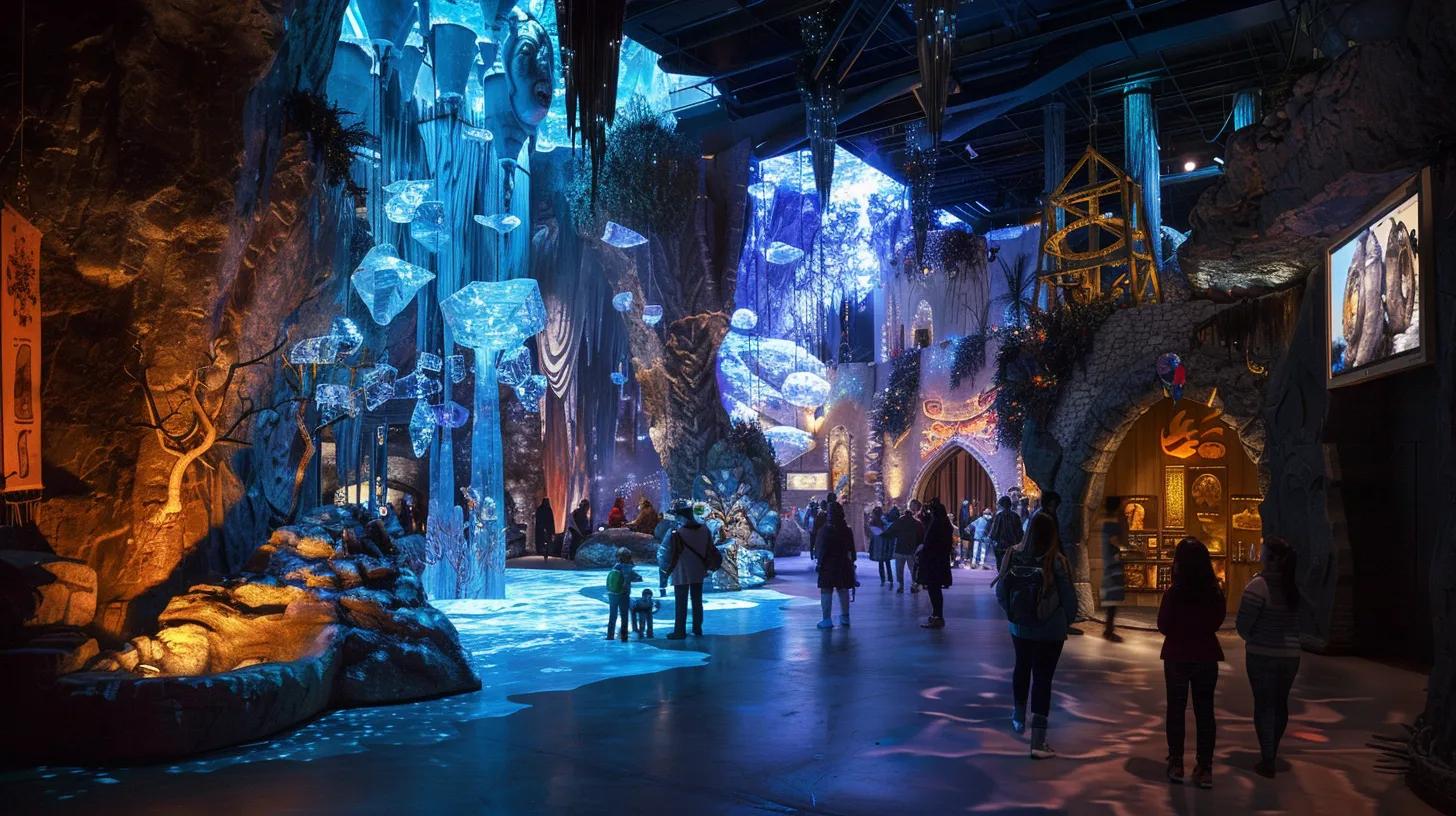
Leave a Reply